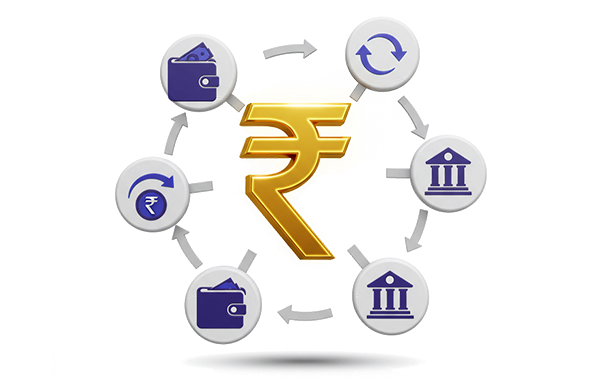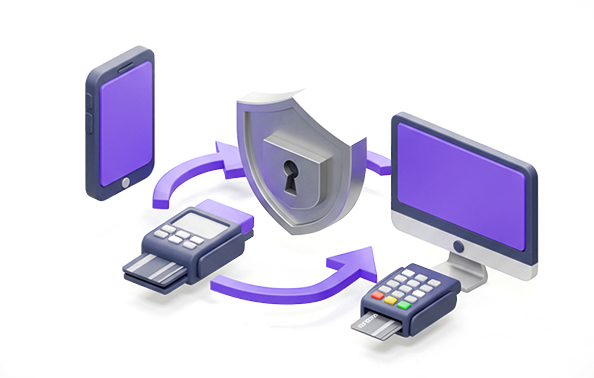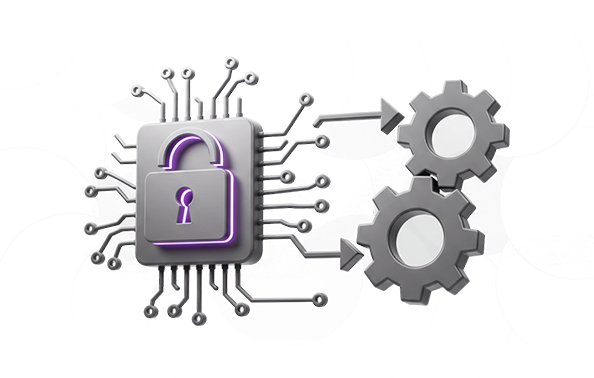- Essential Stakeholders for Online Payments
- The Payment Process
- What is a payment gateway?
- How does the payment gateway function?
- What is a payment processor?
- How does a payment gateway function?
- What makes Payment Gateway differ to Payment Processor?
- Need of Payment Gateway & Payment Processor Both
- How does Wonderpay transform the payment landscape?

Guide to Payment Gateway & Payment Processor
- Er. Varun Kumar
- January 6, 2025
- 05 Mins read
- Payment Gateway
Most of the businesses payments are moving online to avoid physical interfaces. So let us understand the distinction between a payment processor and a payment gateway.
As the world is shifting online, the work of e-commerce is increasing gradually. To stay relevant, mostly in the B2C segment. As the businesses are shifting online, accordingly their payment modes are gradually moving online, and that too without any physical interface. At this point both payment gateway and payment processor are in need.
Table of Contents
Essential Stakeholders for Online Payments
Participant associated in an online payment transaction:
The Customers
It starts with the purchasing of products or services. Customer initiates payment process.
The Merchant
It is the source of products or services in explanation of payment from the customers.
The Issuing Bank
Generally, the issuing bank ensures the customer has the payment card through which all the transitions are done. All the transaction’s are settles by the issuing bank to the acquiring bank.
The Acquiring Bank
They host the merchant’s bank account. The acquiring bank receives all the funds to the merchant by the customer.

The Payment Process
For an online transaction, the payment process follows:
- The customer buys goods or services and initiates the payment.
- The payment gets into processing.
- From the customer’s account fund is deducted by the issuing bank.
- The acquiring bank settles all the transacted fund to merchant’s bank account.
Behind the story!
The above process seems easy, quick, and simple. It’s not that straightforward. When the transaction is initiated by the customer, it undergoes a lot of processes, and then the merchant receives the payments. Particularly, at this stage, the payment gateway and payment processor play the role. This is the reason for the intricacy in an online payment transaction.
What is a payment gateway?
The payment gateway are similar to credit card terminal. It is used as a point of sell of transactions. Especially, it is designed for online payment transactions. It is commonly known as Card Not Present (CNP). As the customer initiates the payment detail of their purchase, the final checkpoint of the purchase is payment gateway.
How does the payment gateway function?
As the customer finalizes the products or services and proceeds with the payment. They enter the credential of the purchase. The payment gateway encrypts the customer’s transaction details and sends to the issuing bank. The issuing bank is then to decrypt the data in the particular format. The bank authenticates the detail. Once it is verified. The payment processor sends information with same secure encryption. Most often, the encryption used is Secure Socket Layer (SSL).
What is a payment processor?
A payment processor works as a backend. It share transaction details between:
- Customers
- Merchant
- Issuing Bank
- Acquiring Bank
- Payment Gateway
How does a payment gateway function?
The payment gateway transfer the encrypted customer’s data to the acquiring bank. The bank then request the issuing bank to verify all the details, i.e. holder’s identity & transaction’s validity. The issuing bank verify and send rejection or approval notification to the acquiring bank. Then they direct the payment gateway.
The payment gateway send message note to the customer about the transaction’s approval or rejection. If approved, the customer proceeds with the checkout process to complete transactions. Once the transaction process completes, the payment processor inform issuing bank for transferring funds to acquiring bank in merchant’s account.
What makes Payment Gateway differ to Payment Processor?
| Payment Gateway | Payment Processor |
|---|---|
| It is the last checkpoint, i.e., the customer provides banking information of the payment transactions. This is encrypted to secure your data and payments by the payment gateway. | It is a financial institution to handle the back-end once the transaction is done. |
| It interacts with the customer. | Ensure the transmission of information.Interaction between Customer Merchant, Issuing Bank, Acquiring Bank and Payment Gateway |
| Used for e-commerce and online payment transactions | Used in all types of payment transactions. |
Need of Payment Gateway & Payment Processor Both
Many people have the inquiry that both a payment gateway and a payment processor are required for the businesses. In the case of offline transactions in any stores, a payment processor is needed, as credit card terminals act as a payment gateway. They verify the card with the EMV chip, while the payment processor looks after the back end of the transactions.
Both the payment gateway and payment processor are used in online payment transactions. A payment gateway plays the role from the beginning to the end of all the transactions. For the clarification of acceptance and rejection of any transactions, it is the role of the payment gateway. It authenticates all the details without taking use of EMV chips. At this place, the payment processor also works for the back end of all the transactions. Once the integration of the payment gateway integrates with third-party CRM and ERP software, it removes the requirement of manual entry of payment and sales data.

How does Wonderpay transform the payment landscape?
Wonderpay caters to the payment needs of both offline and online businesses. Ensures the real-time transactions success rate with easy gateway integration with your ongoing websites or applications. It provides a 24/7 running gateway with proper instant support.
If you are an enterprise, startup, or freelancer having an omnichannel presence, Wonderpay is the best solution to all your financial transaction needs. It provides instant settlement 24/7 without delay time.